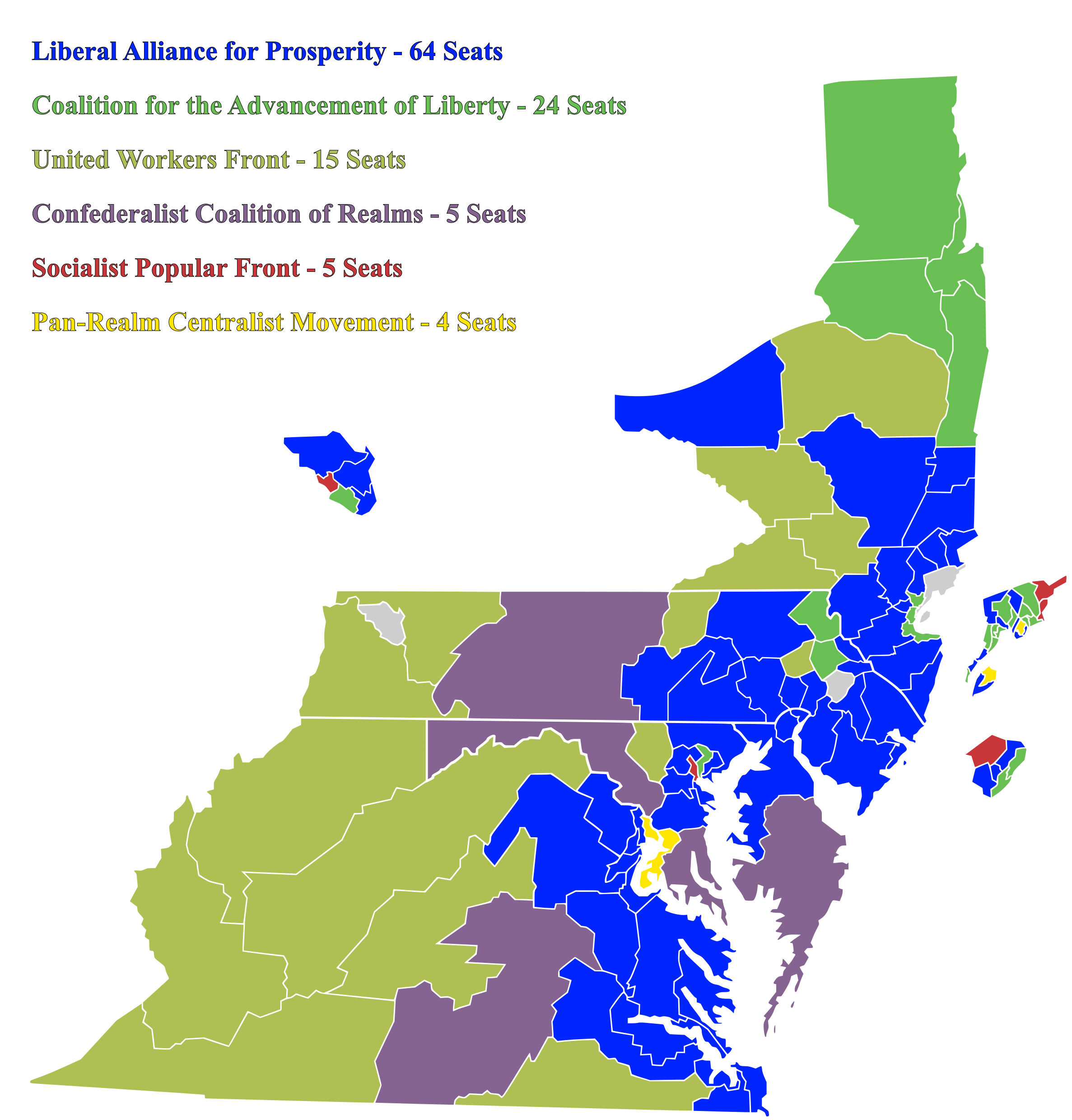This is a bit of an out-there idea I've been working on, and it's kind of similar to my American Federation one.
The United Kingdoms of Britain and Ireland, colloquially known as the UK or Britain, is a grouping of nineteen nations, ten of which are found on the island of Great Britain, eight of which are on the island of Ireland and one, Brittany, is part of continental Europe geographically. During the reign of Æthelstan in the 11th century, the 'heptarchy' as it was then known, comprising the kingdoms of East Anglia, Essex, Kent, Mercia, Northumbria, Sussex and Wessex, was almost dissolved by the then-king; however, he relented and allowed these kingdoms to continue in existence as part of the so-called Union of England. Ironically, of course, this union was rather disunited, which helped contribute to England's defeat by the Normans in 1066.
After the end of the Norman period, during which the cities of London and Westminster became the political centre of the Union, the kingdom of Brittany was admitted to the Union; in 1542, Wales was integrated, in 1707, it united with Scotland to become the United Kingdoms of Great Britain, and in 1801 it united with the eight kingdoms of Ireland to become the United Kingdoms of Great Britain and Ireland. With the Great Reform Act in 1832, the so-called 'rotten boroughs' that had existed across the country were disestablished and Parliamentary reform saw the constituencies dramatically changed to account for shifts in population, along with an expansion of the franchise; further reforms giving the vote to more people were carried out in 1867, 1884 and finally in 1918, when all men over 21 and women over 30 were granted the right to vote across the UK.
Something else that flared up during the mid-19th century was pressure on the government at Westminster to permit devolution (or 'home rule' as it was popularly known) to the British and Irish nations. In order to appease voters opposed to Home Rule in Ireland, the government of William Gladstone pushed for, and eventually established, home rule for every constituent nation of Britain, which took a similar form to the state and provincial legislatures of the US and Canada as well as devolving powers to these legislative bodies.
Today, the UK has 3 levels of elected office in each of its nations, as well as in the County of Middlesex, the seat of the union's capital city London, which has had its own assembly separate from Mercia since 1965; local councils for each district of a nation, the National Assembly of each nation (except the County of Middlesex, where it is simply known as the Middlesex Assembly); and the House of Commons of the United Kingdom, where 750 members are elected across every constituent country. The national assembly has the strongest powers, and can overrule other governments if they seek to overstep their bounds on issues such as taxation or social policy (most notably doing so to Middlesex and Northumbria in 1985 when both had aggressively resisted the Thatcher government's monetarist economic policies, and to Essex and Kent in 2014 when they attempted to install unilateral restrictions on immigration).
Each region has its own different political climate and history, and the UK of this world is not quite the same as that of our own for that reason.
(Like the American Federation TL, I have some ideas for national election maps for this setup which I plan to post soon.)
